Italian Modern Kitchen Design: Everything You Need to Know
Designing your dream kitchen? Italian modern kitchen design offers the ultimate blend of style, functionality, and timeless elegance. Rooted in Italy’s rich design heritage, this approach combines sleek lines, premium materials, and innovative technology to create spaces that are as beautiful as they are practical.
This comprehensive guide provides everything you need to know about Italian modern kitchens, from defining their characteristics to actionable tips for designing your own. Whether you’re remodeling a small kitchen or building a luxurious open-plan layout, these ideas will inspire and guide you.
Table of Contents
Why Choose an Italian Modern Kitchen?
Italian kitchens offer numerous benefits:
- Timeless Appeal: Their minimalist yet luxurious design stands the test of time.
- Functionality: Ergonomic layouts and smart appliances enhance usability.
- Increased Property Value: Investing in an Italian modern kitchen can boost your home’s market value.
What Defines Italian Modern Kitchen Design?
Italian modern kitchens stand out for their unique ability to blend traditional craftsmanship with cutting-edge design. Here are the defining features:
- Minimalist Aesthetics: Italian kitchens focus on clean lines, clutter-free layouts, and a harmonious balance of form and function.
- High-Quality Materials: Natural stone, solid wood, and polished metals create a luxurious yet durable kitchen space.
- Integrated Appliances: Built-in appliances are seamlessly incorporated to maintain a sleek, unified look.
- Neutral and Earthy Palettes: Dominated by whites, greys, and beiges, often accented with natural textures and bold contrasts.
- Innovative Storage Solutions: Efficient cabinetry and hidden compartments maximize functionality while preserving the kitchen’s aesthetic.
Top Italian Modern Kitchen Design Ideas
1. Sleek and Minimalistic Design
Modern Italian kitchens are synonymous with minimalism. Achieve this look by:
- Choosing handleless cabinets with soft-close mechanisms.
- Opting for high-gloss finishes to reflect light and create a spacious feel.
- Keeping countertops free of clutter by using built-in organizers.
Pro Tip: Incorporate a matte black or white color scheme for a chic, contemporary vibe.
2. Incorporate an Island for Functionality and Style
A central kitchen island serves as the focal point in most Italian designs. It’s a multi-functional element, perfect for:
- Food preparation and cooking.
- Socializing and casual dining with bar stools.
- Extra storage with under-island cabinets and drawers.
Material Tip: Choose a quartz or marble countertop for durability and elegance.
3. Use Premium, Natural Materials
Materials play a crucial role in Italian kitchen design. Invest in:
- Marble or Granite Countertops: Timeless and luxurious, these materials are heat-resistant and long-lasting.
- Natural Wood Cabinets: Adds warmth and texture to a modern, minimalist layout.
- Glass Backsplashes: Reflects light and enhances the sense of space.
4. High-Tech Appliances for a Smart Kitchen
Italian kitchens embrace technology for convenience and innovation:
- Smart ovens with pre-set recipes and app integration.
- Built-in coffee machines for a touch of luxury.
- Induction cooktops with sleek, frameless designs.
Eco-Friendly Tip: Opt for energy-efficient appliances to reduce your carbon footprint and utility bills.
5. Lighting as a Design Statement
Lighting is a critical aspect of Italian kitchen design:
- Install under-cabinet LEDs for task lighting.
- Use pendant lights over the island to create a focal point.
- Add dimmable features for customizable ambiance.
Design Inspiration: Choose lighting fixtures with metallic finishes, such as brass or chrome, for an Italian luxury feel.
6. Open-Plan Layouts for Seamless Integration
Modern Italian kitchens often feature open-plan designs that integrate the kitchen, dining, and living areas. This layout encourages:
- Social interaction while cooking.
- Better use of available space.
- A light and airy atmosphere.
How to Plan Your Italian Modern Kitchen
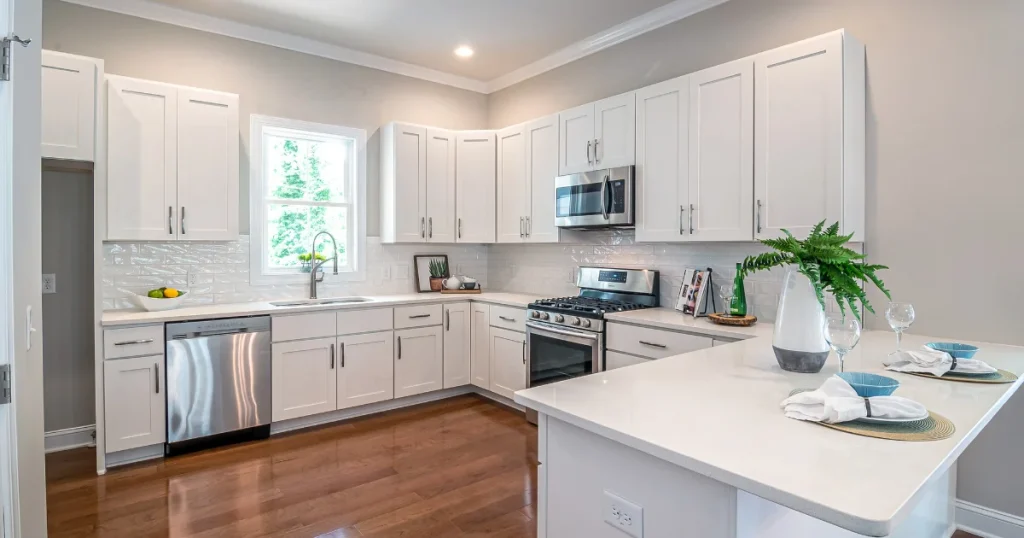
Step 1: Define Your Layout
Select a layout that works best for your space and lifestyle:
- Galley Layout: Ideal for narrow kitchens, emphasizing efficiency.
- L-shaped or U-shaped Layouts: Provide ample workspace and storage.
- Open-Plan Layouts: Perfect for entertaining and modern living.
Step 2: Choose High-Quality Materials
The materials you select will define the look and feel of your kitchen:
- Flooring: Opt for porcelain tiles that mimic marble or wood for an Italian-inspired look.
- Cabinetry: Use lacquered finishes or natural wood for a sleek appearance.
- Countertops: Quartz or marble are top choices for their durability and elegance.
Step 3: Add Statement Features
Include unique design elements that enhance the character of your kitchen:
- A bold backsplash with Italian mosaic tiles.
- Brass or gold accents in the cabinet handles and faucets.
- Open shelving to display decorative items like ceramic vases or stylish dishware.
Step 4: Focus on Functionality
Italian kitchens prioritize practicality. Make your kitchen efficient with:
- Pull-out pantry systems for organized storage.
- Deep drawers for pots and pans.
- Integrated trash and recycling bins.
Step 5: Optimize Space for Small Kitchens
If you have limited space, adapt Italian design principles to create a functional and stylish kitchen:
- Use light-colored cabinetry to make the space feel larger.
- Install mirrored backsplashes to reflect light.
- Opt for foldable tables or extendable countertops for added workspace.
Popular Color Schemes for Italian Modern Kitchens
- Classic White and Grey: Timeless and versatile, suitable for any space.
- Beige and Natural Wood: Adds warmth and elegance.
- Black and Metallic Accents: Perfect for a bold, contemporary look.
Decorating Tips for an Authentic Italian Touch
Bring Italian charm into your kitchen with these decorative elements:
- Fresh herb plants (like basil or rosemary) in terracotta pots.
- Ceramic bowls and plates with hand-painted Italian patterns.
- Vintage-inspired espresso machines for a retro-modern vibe.
Practical Tips for Building an Italian Modern Kitchen
Budgeting
- Material Costs: Marble and quartz are premium options; plan accordingly.
- Appliance Costs: High-end appliances can significantly impact your budget.
- Labor Costs: Skilled professionals are necessary for installation, particularly with custom designs.
Ventilation
- Install a powerful hood to prevent odors and grease buildup.
- Consider a modern ventilation system that matches the kitchen design.
Ergonomics
- Opt for countertops at a comfortable height to minimize strain.
- Include pull-out drawers and adjustable shelving for easy access.
Plumbing and Electrical
- Use high-quality plumbing fixtures that align with the kitchen’s aesthetics.
- Install sufficient electrical outlets for appliances and task lighting.
Flooring
- Choose durable materials like ceramic, stone, or engineered wood.
- Ensure flooring is water-resistant and easy to maintain.
Sustainability
- Use eco-friendly materials like reclaimed wood or bamboo.
- Invest in energy-efficient appliances for a greener kitchen.
Personalization
- Add unique touches like a bold backsplash or custom lighting.
- Stick to a cohesive color palette to maintain harmony in the design.
The Process
Hiring a Professional
- Interior Designer: Brings expertise to align your kitchen with Italian modern design principles.
- Kitchen Specialist: Focuses on functionality, materials, and layout.
Permits and Inspections
- Obtain necessary building permits before starting.
- Schedule plumbing and electrical inspections to ensure safety and compliance.
Contractor Selection
- Choose contractors with proven experience and reputation.
- Check references and reviews for quality assurance.
- Have a detailed contract outlining costs, timelines, and responsibilities.
Project Timeline
- Develop a realistic timeline with room for delays.
- Plan for flexibility in case of unexpected challenges.
- Have a contingency plan for budget or material changes.
Post-Construction Steps
- Conduct a thorough cleaning of the space.
- Review appliance warranties and schedule regular maintenance.
- Verify the contractor’s and homeowner’s insurance coverages.
Budgeting and Hiring Professionals
Budgeting Tips
- Prioritize Investments: Spend more on durable materials and high-quality appliances.
- Plan for Contingencies: Set aside 10-15% of your budget for unexpected expenses.
- DIY vs. Professional Help: Save costs on simpler tasks, but hire experts for critical installations.
Hiring Professionals
- Designers: Seek experienced kitchen designers specializing in Italian modern styles.
- Contractors: Research and hire reputable contractors with strong reviews and portfolios.
- Get Quotes: Compare multiple quotes to find the best balance between cost and quality.
Conclusion
An Italian modern kitchen design transforms your space into a stylish, functional, and timeless hub for cooking, entertaining, and living. By focusing on quality materials, smart layouts, and minimalist aesthetics, you can create a kitchen that’s both practical and visually stunning.
Ready to get started? Use these ideas and tips to bring the elegance of Italian design into your home.
Would you like further assistance with planning, product recommendations, or personalized advice? Let me know!
FAQs About Italian Modern Kitchen Design
1. What is the average cost of an Italian modern kitchen?
Costs can range from $20,000 to $50,000, depending on the materials, appliances, and customization. For luxury designs, the budget may exceed $100,000.
2. How do I maintain an Italian kitchen?
- Clean marble and quartz surfaces with mild cleaners to avoid damage.
- Regularly dust and polish metallic finishes to maintain their shine.
- Use coasters and trivets to protect countertops from scratches and heat.
3. Can I incorporate Italian design in a small kitchen?
Yes! Use compact appliances, light color schemes, and vertical storage solutions to achieve the Italian aesthetic in smaller spaces.
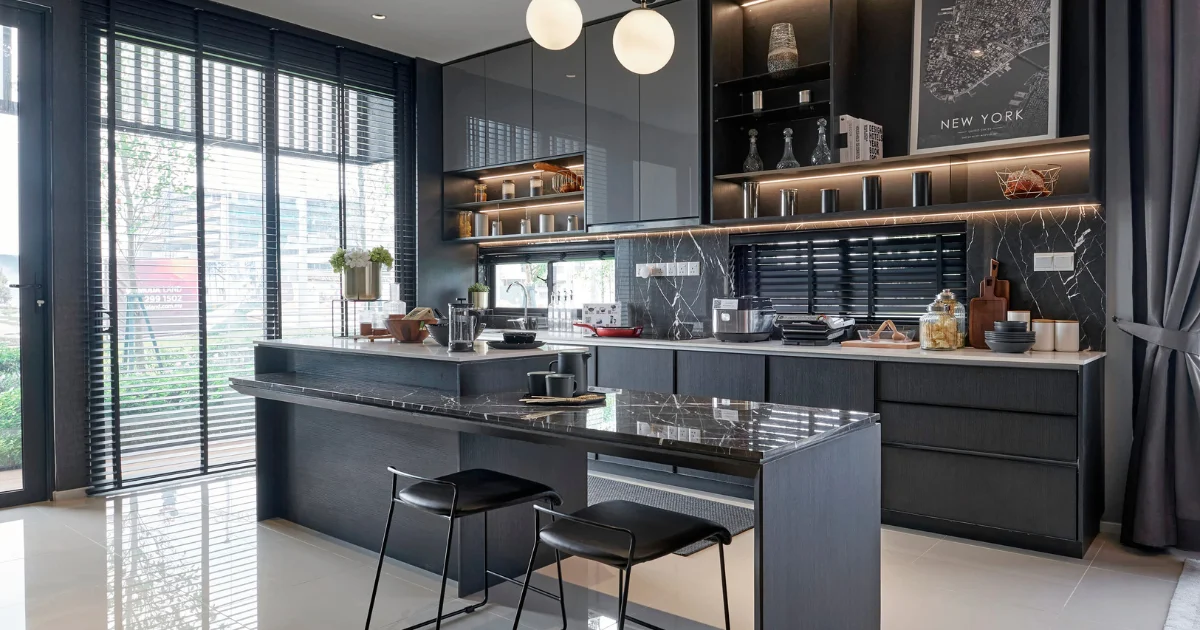
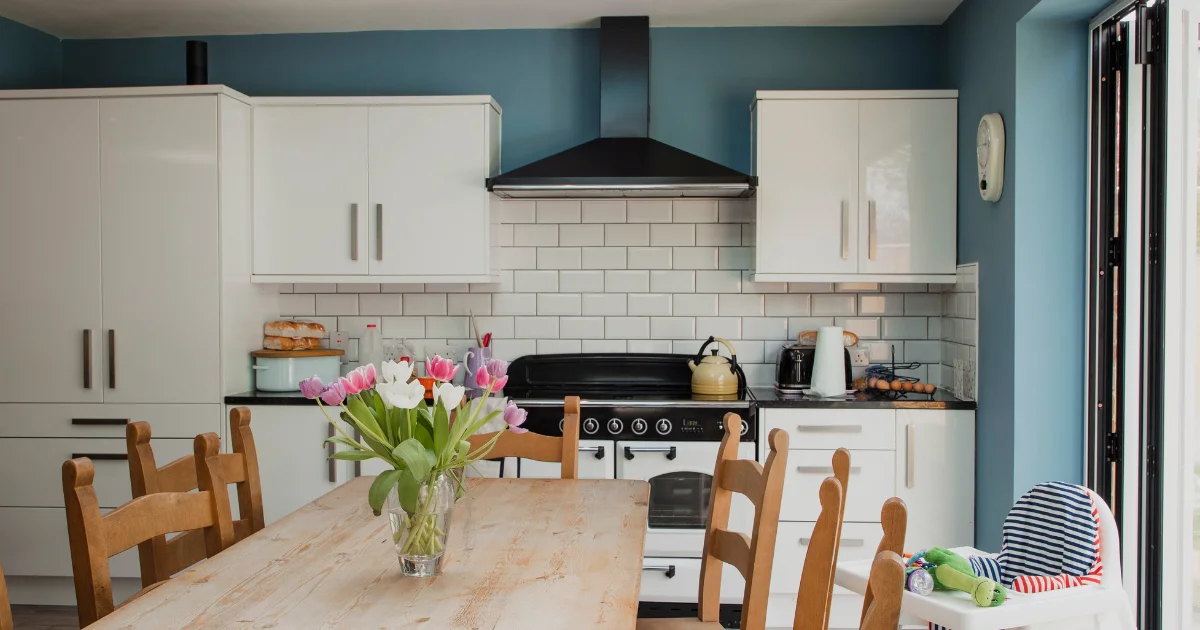

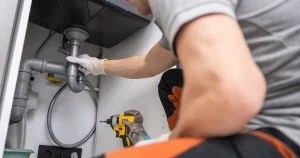

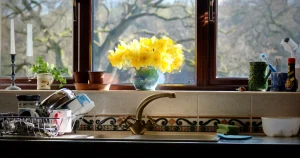
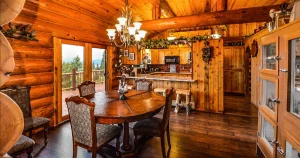
Post Comment